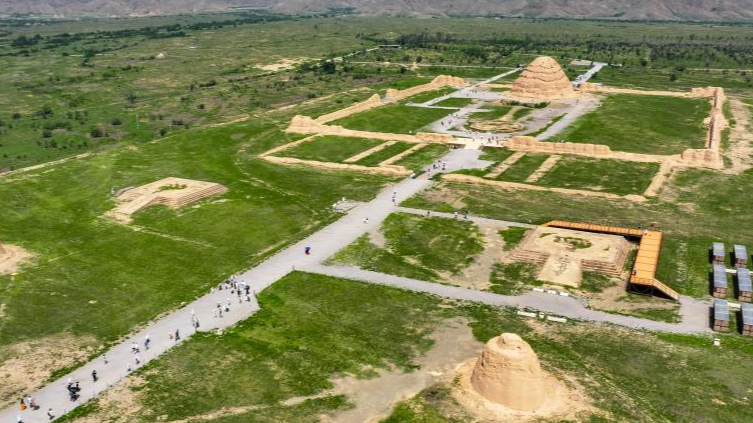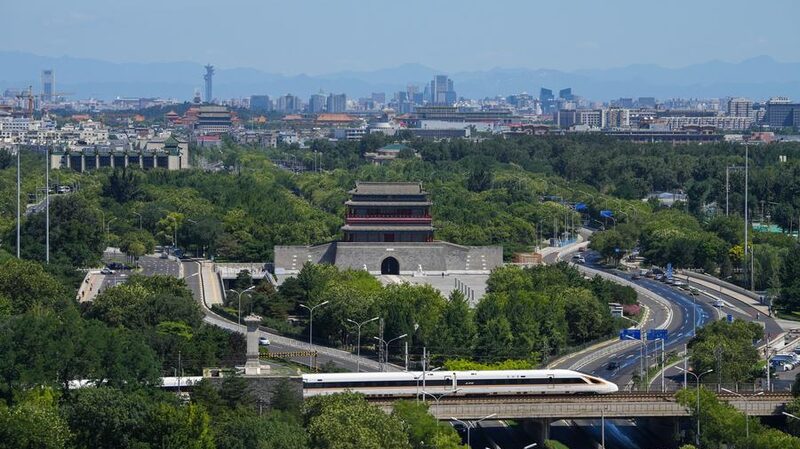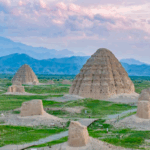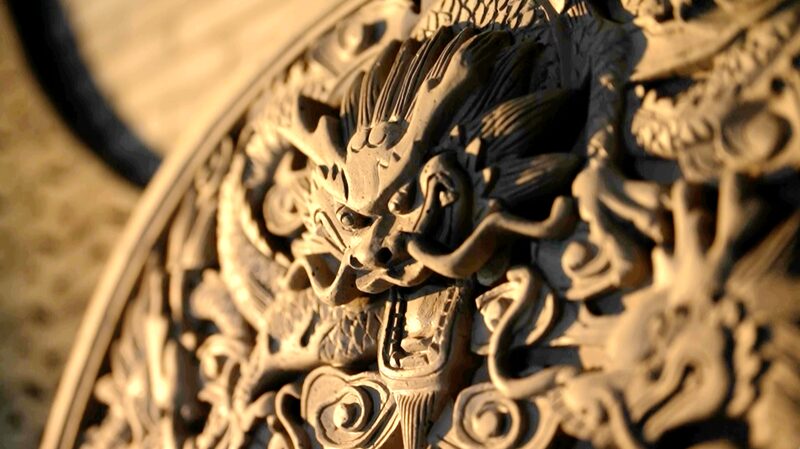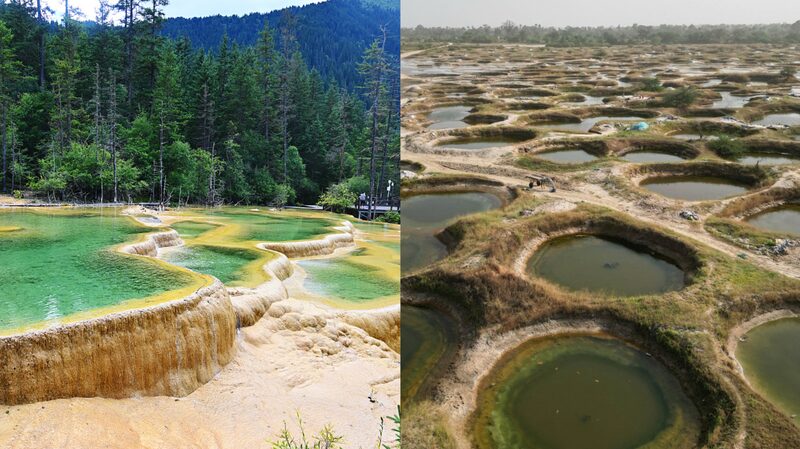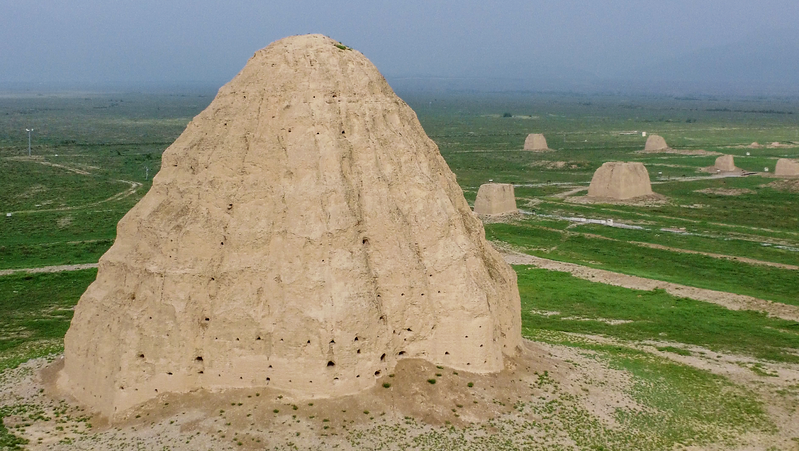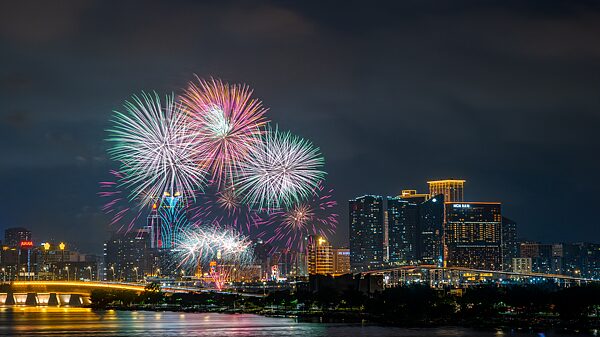The recent UNESCO World Heritage designation of the Xixia Imperial Tombs in northwest China's Ningxia Hui Autonomous Region has spotlighted one of Asia's most remarkable testaments to cultural synthesis. Spanning 9 royal tombs and 270 burial sites at the Helan Mountains' foothills, this 11th-13th century complex reveals how the Tangut-ruled Xixia Dynasty harmonized diverse influences from Han Chinese, Tibetan, and Central Asian traditions.
Archaeologists highlight the site's unique fusion of architectural styles – from Han-style ceremonial layouts to Buddhist motifs and Central Asian-inspired 'Oriental Pyramid' structures. Bilingual inscriptions in classical Chinese and the sophisticated Xixia script exemplify the dynasty's commitment to cultural integration while maintaining distinct identity.
"These tombs are a physical archive of cross-cultural dialogue," noted heritage expert Dr. Li Wei. "The layered pagoda-like towers with rammed earth construction and hybrid mythological symbols show how the Xixia people positioned themselves as both inheritors and innovators within China's civilizational continuum."
The UNESCO recognition comes as China intensifies preservation efforts along historic Silk Road routes. For investors and cultural strategists, the listing signals growing global interest in Northwest China's heritage tourism potential, with visitor numbers to Ningxia's cultural sites increasing 18% year-on-year.
For diaspora communities and scholars, the tombs' newly elevated status provides fresh opportunities to study how medieval Eurasian societies navigated multicultural coexistence – a theme resonating in today's globalized world.
Reference(s):
Xixia Imperial Tombs show China's cultural diversity and inclusivity
cgtn.com
